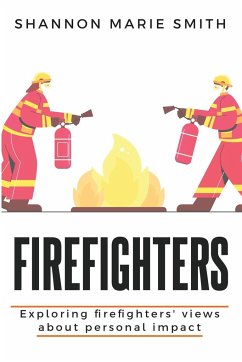Firefighters in the United States are at risk for developing a range of concerns given the physical and psychological risks of their job duties (Farnsworth & Sewell, 2011; Lourel, Abdellaoui, Chevaleyre, Paltrier, & Gana, 2008; McFarlane & Bryant, 2007; Wagner, McFee, & Martin, 2010). Additionally, the risk for suicide may be higher in this population than the general population (Savia, 2008). This phenomenological qualitative research study aimed to related crises, including how they were impacted across domains (e.g., emotional, cognitive, physical, relational), how they coped in the aftermath, and their use of social support. Therefore, 10 professional, active firefighters were interviewed in order to gain insights into their experiences. Additionally, an online survey was used as a sampling strategy, and to gain information on the types of events they experienced and those they find most distressing. The survey yielded a total of 132 completed responses with an additional 18 partial responses. The findings of this study included the identification of 11 cluster themes related to impact, coping strategies, and social support. Impact cluster themes included: different types of negative impact, different types of positive impact, circumstances of event, and cumulative impact of event. The themes related to coping strategies included: emotion-focused coping skills, problem-focused coping skills, and factors that are unhelpful to coping with an event. Lastly, social support themes included: types of support utilized, differences in support from firefighters and non-firefighters, barriers to using social support, and attitudes towards professional mental health services.







